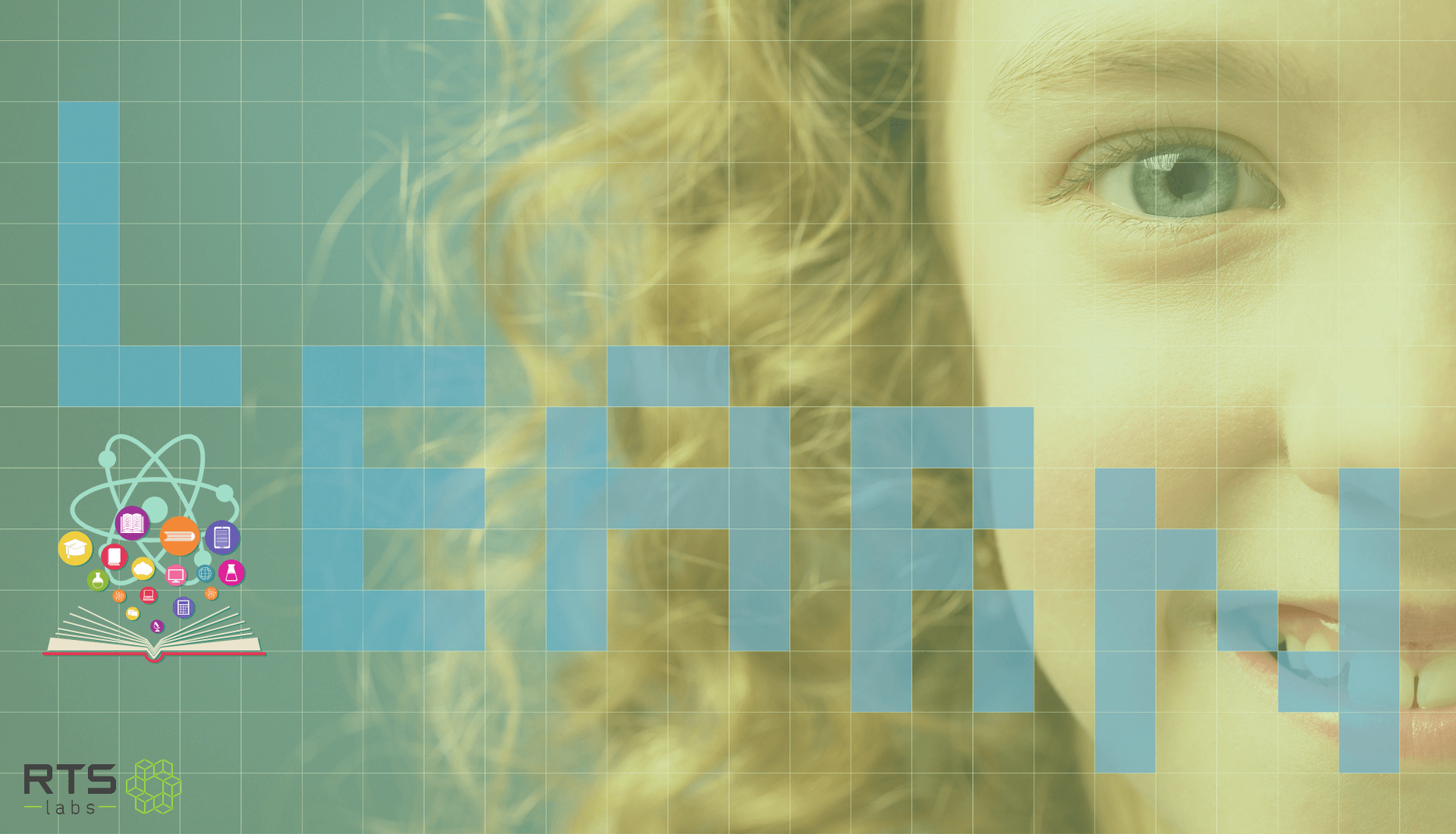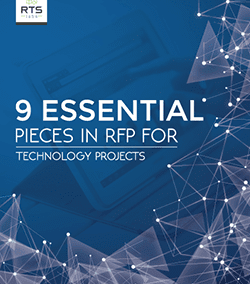Why We’re Excited About Augmented Reality In Education

Remember back in 2016 when the streets were filled with people on the hunt, looking through their phone for Pokémon characters? Pokémon GO was all the rage and we were all so excited that kids – and entire families – were getting out of the house and actually getting some exercise. While Pokémon GO wasn’t the first software program to use augmented reality, it was one of the first uses of AR to go mainstream in a big way. It definitely spurred the use of this emerging technology in other commercial areas.
Since then, augmented reality (AR) games have been all the rage, and AR has been making its way into industries beyond gaming. For example, Google Lens lets you augment the world around you with search, shopping, and research features. ARuler and other apps like it allow you to measure objects from your phone. IKEA Place lets you virtually place products in your space to see how they will look. You’re probably familiar with Snapchat filters – you know, the funny bunny ears or dog faces you can add to your chats? Those are AR filters. Both Instagram and Facebook use them as well.
So, when we read a recent article in Fast Company about an app called Lessons in Herstory and how it uses augmented reality to expand and diversify what’s taught in traditional history books, we got really excited about the potential for augmented reality in education.
Expanding knowledge, shifting perspectives with augmented reality
Did you know that 89% of stories in U.S. history books are about men? Textbooks in the United States rarely change, and changing them is a HUGE undertaking. Because of that, the same stories about the same men are told to generation after generation of students, and the details aren’t always accurate. (For example, look at the ongoing debate about how the Civil War should be taught. The Civil War is just one example. There are many cases where textbook authors have to decide what details to leave in, which to take out, and which to emphasize.) When women are portrayed in history books, they tend to be on the sidelines rather than active participants who sought to create change.
As the saying goes, “You can’t be what you can’t see.” Students miss out on getting a fuller picture when only 11% of the stories in our history books are about women. That’s where Lessons in Herstory comes in. They’ve developed an AR app that scans images from one of the most popular U.S. history textbooks in California. Students can scan any picture of a man to reveal a story about a woman from that same time period who was excluded from the book. It’s brilliant! And it doesn’t require the laborious process of getting textbooks changed – it skirts the problem completely.
It’s just another way that technology is disrupting the old, outdated systems in industries and cultural systems across the country. AR technology has so many edutech applications – some that are already being developed. Giving the classroom more context around women in history is just one example.
Let’s dream for a moment …
Applications of AR in education
Students can use AR to learn more about the history that happened in their own city, as well as when they visit historic sites, through Google Lens or Google Expeditions – a much more engaging activity than reading about history in a textbook.
Teachers could give students a deeper look at geometry through applications such as Shapes 3D, a program designed for the classroom to create interest and enthusiasm in mathematics.
Students could even learn to create dynamic presentations and reports with the use of AR apps such as Layar. Teaching students how to make their own AR experiences and presentations could bring this technology even more into the mainstream.
We don’t all absorb knowledge in the same way. Augmented reality is a great way to add spatial and visual learning experiences wherever lessons are being taught – from the classroom to a field trip to a lab. And having that experience can make learning more fun – and effective.
The possibilities are endless!
How could you apply augmented reality?
If you have an idea for an AR app just waiting to be implemented but not sure if it’s viable, ask yourself these five questions. If you feel confident about taking the next step, then it’s time to get a strong RFP ready to get your project off the ground. Need a template? Download ours. (Or, feel free to call us for a free consultation. We love talking with organizations and can help you scope out innovative ideas!)
